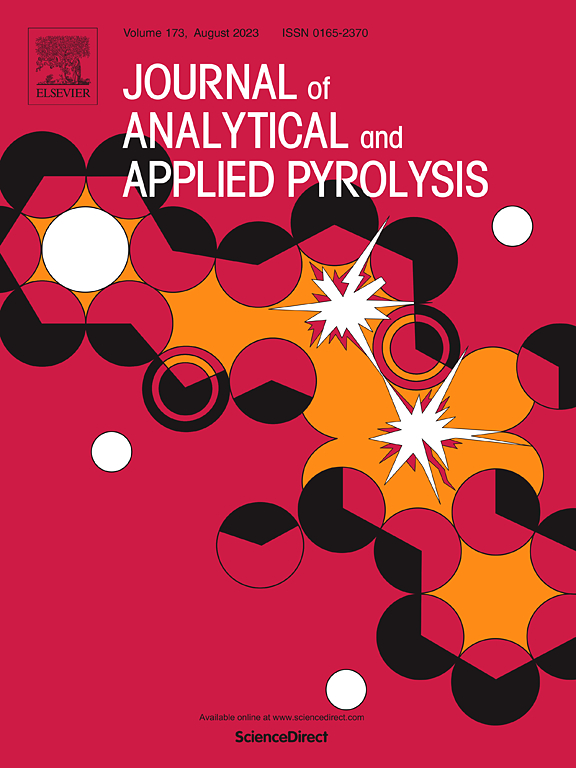Volatile fatty acid release and metal ion concentration in hydrothermal carbonization liquid
IF 5.8
2区 化学
Q1 CHEMISTRY, ANALYTICAL
引用次数: 0
Abstract
Hydrothermal carbonisation (HTC) is an efficient technology for converting waste into carbon materials along with a significant by-product known as hydrothermal liquid (HL). This study examined the organic loads, nutrient-rich components, volatile fatty acid (VFA) release, and metal concentrations of HLs obtained under various reaction conditions and material formulations. Structural equation models (SEM) elucidated the relationship between the acidification system and metal concentrations in HL. The chemical oxygen demand (COD) in the HL varied from 4220 mg/L to 51,480 mg/L under different HTC conditions, increasing with reaction temperature, and the pH ranged from 3.5 to 5.6. Acetic acid was the predominant species in the VFAs of HL, the amount of which tended to decrease and then increase with increasing temperature. The metal ion concentrations in HL were K > Mg > Ca > Fe > Zn > Cu. The SEM indicated that COD and pH were the main factors influencing metal ion concentrations in HL. VFAs negatively affected the pH (P < 0.01), indirectly promoting metal ion dissolution, and positive interactions were observed among the metal ions. The concentration of VFAs in HL influences the pH and thus plays an important role in promoting the release of metals.
热液碳化液中的挥发性脂肪酸释放和金属离子浓度
水热碳化(HTC)是一种将废物转化为碳材料的高效技术,同时还会产生一种重要的副产品,即水热液(HL)。本研究考察了在不同反应条件和材料配方下获得的 HL 的有机负荷、富含营养成分、挥发性脂肪酸 (VFA) 释放量和金属浓度。结构方程模型(SEM)阐明了酸化系统与 HL 中金属浓度之间的关系。在不同的 HTC 条件下,HL 中的化学需氧量(COD)从 4220 mg/L 到 51480 mg/L 不等,随着反应温度的升高而升高,pH 值从 3.5 到 5.6 不等。乙酸是 HL 中挥发性脂肪酸的主要种类,其含量随着温度的升高呈先降后升的趋势。HL 中的金属离子浓度为 K、Mg、Ca、Fe、Zn、Cu。扫描电子显微镜表明,化学需氧量和 pH 值是影响 HL 中金属离子浓度的主要因素。VFAs 对 pH 有负面影响(P <0.01),间接促进了金属离子的溶解,并且金属离子之间存在正相互作用。HL 中的 VFAs 浓度会影响 pH 值,从而在促进金属释放方面发挥重要作用。
本文章由计算机程序翻译,如有差异,请以英文原文为准。
求助全文
约1分钟内获得全文
求助全文
来源期刊
CiteScore
9.10
自引率
11.70%
发文量
340
审稿时长
44 days
期刊介绍:
The Journal of Analytical and Applied Pyrolysis (JAAP) is devoted to the publication of papers dealing with innovative applications of pyrolysis processes, the characterization of products related to pyrolysis reactions, and investigations of reaction mechanism. To be considered by JAAP, a manuscript should present significant progress in these topics. The novelty must be satisfactorily argued in the cover letter. A manuscript with a cover letter to the editor not addressing the novelty is likely to be rejected without review.

 求助内容:
求助内容: 应助结果提醒方式:
应助结果提醒方式:


